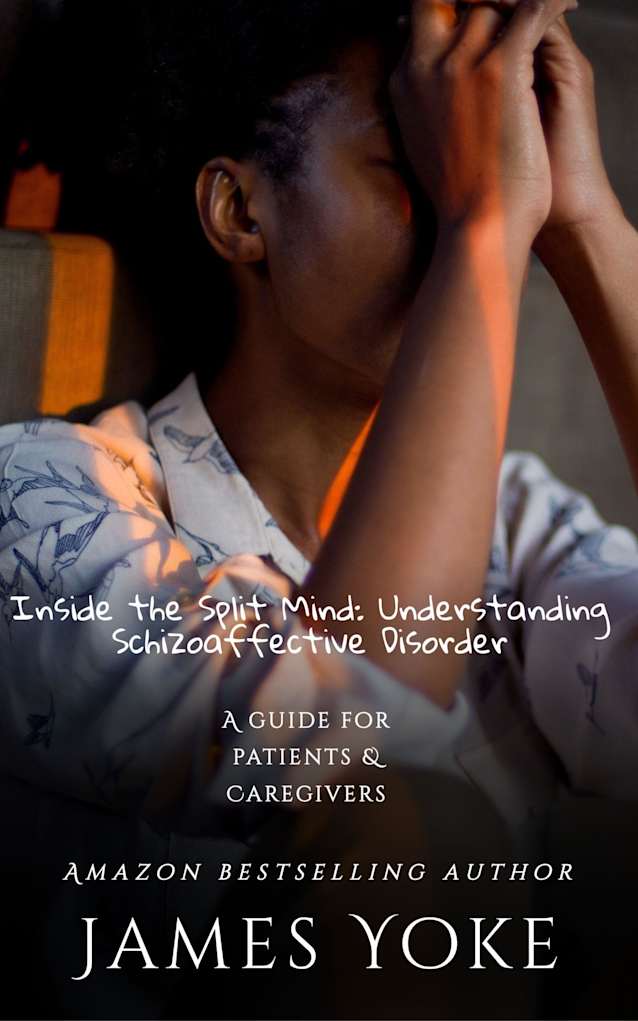Inside the Split Mind: Understanding Schizoaffective Disorder
About
Schizoaffective disorder remains one of the most misunderstood mental health conditions, often shrouded in stigma and misconceptions. This compassionate and informative guide breaks through that silence by offering readers an honest, multifaceted look at what it truly means to live with this complex condition. Whether you have been recently diagnosed, are supporting a loved one, or work as a mental health professional, this book provides the insight and understanding you need to navigate the realities of schizoaffective disorder with greater confidence and empathy.
At the heart of this guide are powerful personal narratives from individuals living with schizoaffective disorder. These real-world stories illuminate the day-to-day experiences, challenges, and triumphs that define life with this condition. Readers will find themselves in these accounts—recognizing familiar struggles, discovering strategies for resilience, and understanding that they are not alone in their journey. Each story is told with authenticity and vulnerability, offering a window into the emotional and practical dimensions of managing schizoaffective disorder while maintaining relationships, work, and identity.
Complementing these personal accounts are insightful interviews with leading mental health experts, psychiatrists, psychologists, and researchers who specialize in schizoaffective disorder. These professionals discuss the latest findings in neurobiology, treatment advances, and evidence-based approaches to care. Their expertise demystifies the condition, explaining how it develops and progresses, while also addressing common myths that perpetuate stigma. Through these expert voices, readers gain a deeper understanding of the medical and scientific foundations underlying schizoaffective disorder.
The book provides clear, accessible explanations of the symptoms associated with schizoaffective disorder, distinguishing between the psychotic features and the mood disturbances that characterize this condition. Detailed descriptions help readers recognize warning signs, understand the difference between schizoaffective disorder and other conditions like schizophrenia or bipolar disorder, and appreciate the unique challenges this dual diagnosis presents. The explanations are technical enough to be genuinely informative without being overwhelming, making them valuable for both newcomers and those seeking deeper knowledge.
A comprehensive section on treatment options ensures readers understand the full spectrum of available interventions. The guide explores antipsychotic and mood-stabilizing medications, examining how they work, their benefits, potential side effects, and the importance of finding the right medication regimen. Beyond pharmacology, the book discusses psychotherapy approaches, cognitive-behavioral strategies, family therapy, peer support, and lifestyle modifications that support recovery and well-being. This holistic approach emphasizes that effective treatment is rarely one-size-fits-all.
For family members and caregivers, this guide offers invaluable practical advice on how to support a loved one with schizoaffective disorder. Chapters address common challenges such as managing crisis situations, maintaining healthy boundaries, improving communication, navigating the healthcare system, and caring for yourself while caring for others. The insights
